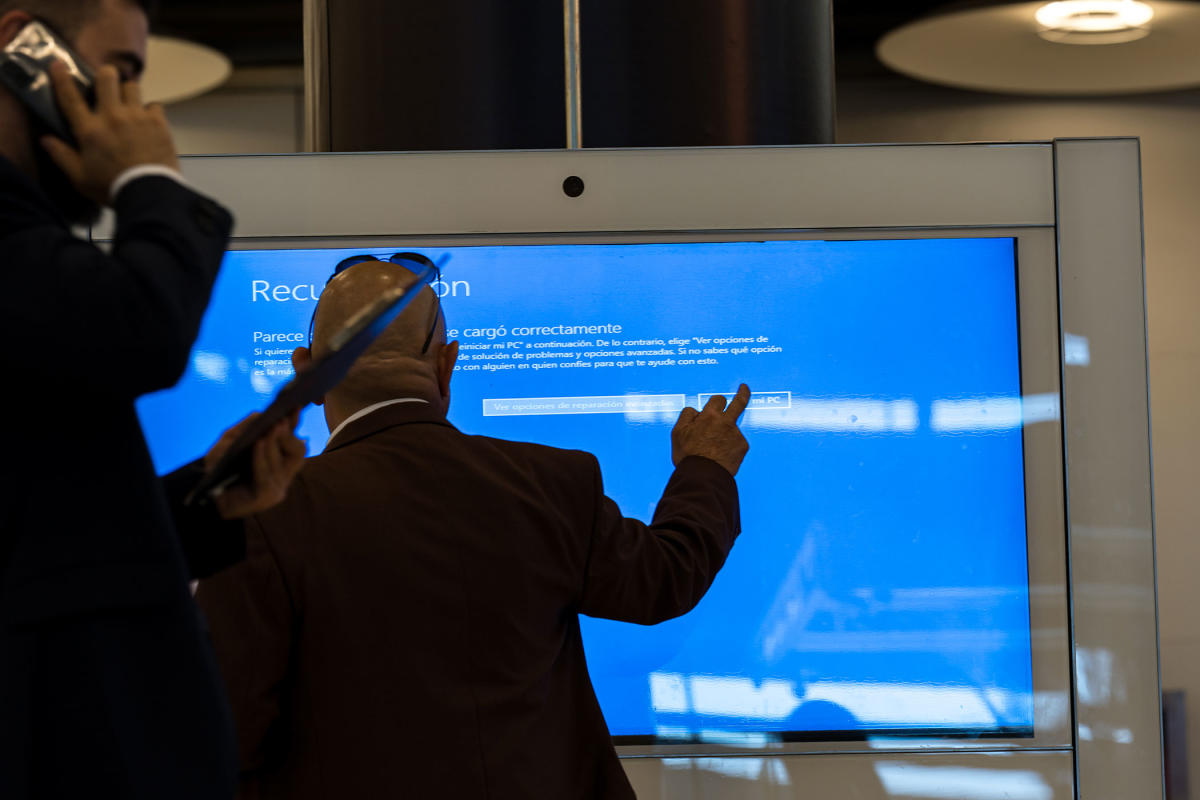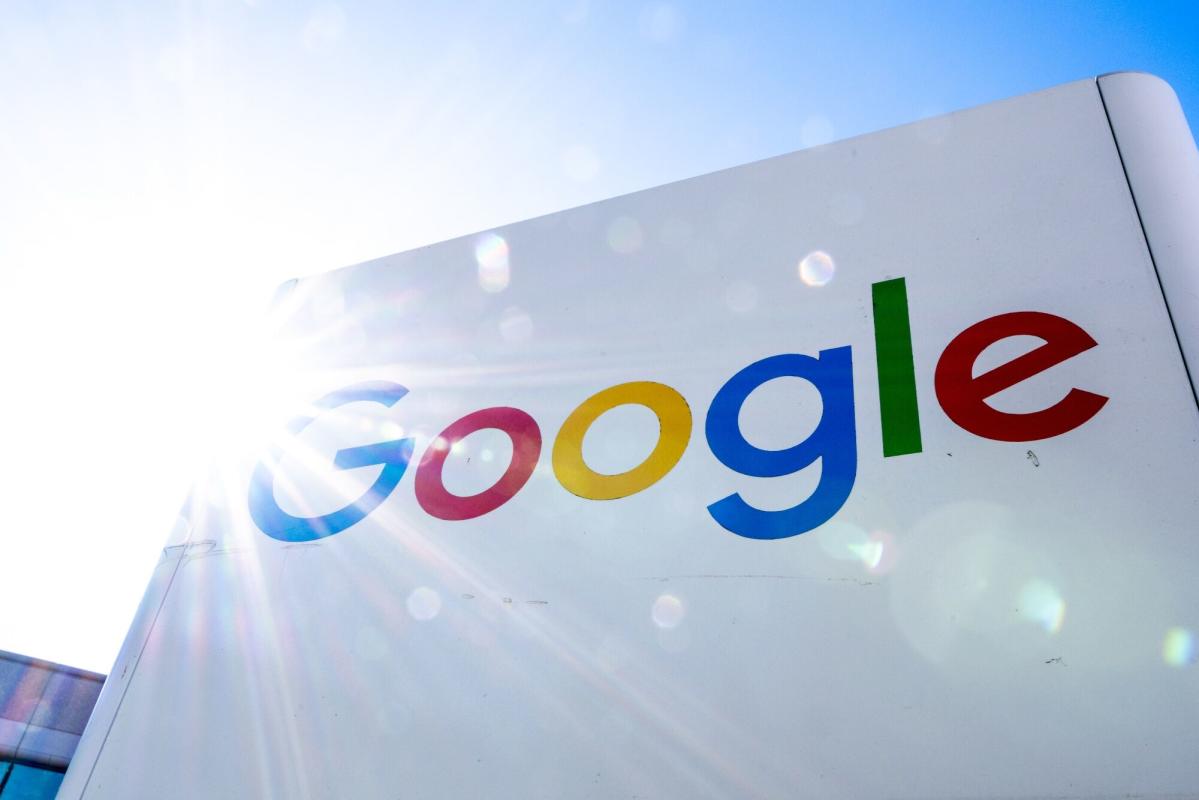Boeing’s Starliner successfully docked with the ISS, but not without some last-minute problems. The company’s first crewed test flight to the space station connected at 1:34 p.m. ET after missing its first shot due to a malfunction of several thrusters. Astronauts Barry “Butch” Wilmore and Sunita “Suni” Williams plan to spend the next eight days aboard the ISS before returning to Earth.
The capsule docked with the ISS in an orbit of about 260 miles over the Indian Ocean. The pair are now circling the planet at around 17,500 mph.
“It’s nice to be tethered to the big city in the sky,” Wilmore said via communication to Mission Control in Houston after the successful docking. The capsule is carrying 760 pounds of cargo, including about 300 pounds of food and other supplies requested by the four American astronauts and three Russian cosmonauts on board.
Originally scheduled for 12:15 p.m. ET, the linkup was delayed after five of the Starliner’s 28 reaction control thrusters failed. Several were lost due to a helium propulsion leak. NASA and Boeing concluded that the loss did not jeopardize the mission, and Wilmore and Williams restarted three, providing enough redundancy to move forward.
On Wednesday, a small helium leak was detected during takeoff and climb. Later, two more leaks appeared.
The problems are emblematic of Boeing struggles to certify its capsules for regular flights. Various problems and delays, including orbital flight test problems, valve problems, software glitches, and a tramp parachute system, plagued Starliner. Boeing’s rival, SpaceX, reached the ISS for the first time in 2020, around the time this Starliner mission was originally planned to launch.
Boeing is seeking certification from NASA to join SpaceX on a regular journey to the ISS. The government agency wanted several private sector ferries to make routine trips to the space station. Despite Boeing’s troubles, it just might get there.


